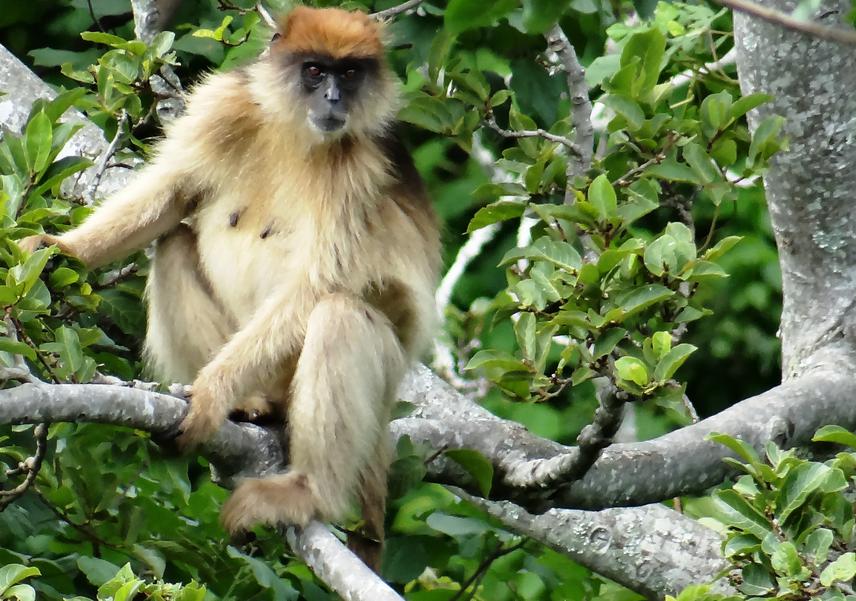Mohamed Julius Kibaja
Other projects
11 Dec 2019
Systematic Conservation Surveys for the Endangered Ashy Red Colobus Monkey (Piliocolobus tephrosceles) in Unprotected Areas, Western Tanzania
The following are the aims of the project;
(1) to estimate current population status, distribution and identifying new priority areas on Ashy monkeys in the Mbuzi Forest Area (including the Ufipa escarpment) and the Masito-Ugalla Ecosystem
(2) to understand the monkeys’ population viability by assessing their conservation genetics throughout its range in Tanzania
(3) to study feeding ecology of two select groups inhabiting different habitats in order to identify variations in subsistence strategies in the same species.
(4) to provide recommendations important for designing conservation action plan for Mbuzi Forest area (including the Ufipa escarpment)
(5) to implement conservation and restoration actions through Nkasi District Forestry Office, and environmental education among local people adjacent to Mbuzi Forest area.

The Ashy red colobus monkey (Piliocolobus tephrosceles) is an endangered species, has an extent of occurrence less than 5,000 km², subpopulations are severely fragmented and there is a continuing decline in overall numbers due primarily to predation by chimpanzees in protected areas and habitat loss/degradation outside of the protected areas (Struhsaker, 2005,2008; 2016). It exists in western Uganda and Tanzania. In Tanzania, previous surveys (Rogers, 1981; Kano, 1971) and recently Davenport et al. (2007) did not cover all its western ranges. Its present conservation status is unknown in western Tanzania, which is increasingly being degraded as human population increases, thus deforestation and forest fragmentation of their habitats.
In Tanzania, surveys of Ashy red colobus monkeys have been conducted in Gombe and Mahale National Parks and Mbizi Forest Reserve (Rodgers, 1981) on their occurrences. In 2006, a population census of this primate in the Ufipa Plateau was conducted (Davenport et al. 2007), following the report by Rodgers (1981). Davenport and his colleagues documented the extinction of two populations in the Ufipa Plateau and discovered a new population in the Mbuzi Forest. This survey led to conservation actions in the Mbizi Forest Reserve but the Mbuzi Forest remained unprotected to present. However, Davenport et al. (2007) study targeted only forests, none in the woodlands on the Ufipa escarpment, despite the fact that the species also occupies miombo woodlands (Kano, 1971). The Mbuzi Forest is degraded, with sharp declines in Ashy monkey numbers documented in (Kibaja et al., in prep.). This species was further reported in biodiversity surveys of the Masito-Ugalla and Greater Mahale Ecosystems (Ogawa et al. 2004; Moyer et al., 2006).
However, this species has never been studied in the Masito-Ugalla and Greater Mahale ecosystems in relation to; population size, distribution, conservation genetics, feeding ecology and conservation status in the region. This project will provide information on: current population status, distribution, identifying new priority areas on Ashy monkeys in the Mbuzi Forest Area (including the Ufipa escarpment) and the Masito-Ugalla Ecosystem, understanding the monkeys’ population viability through conservation genetics in the species range in Tanzania. Finally provide recommendations important for designing conservation action plan for Mbuzi Forest area (including the Ufipa escarpment) and implementing conservation and restoration actions through Nkasi District Forestry Office. Ashy red colobuses survival depend on their genetic variation which confers species ability to adapt and evolve in response to environmental changes (Lacy, 1997) currently unknown.